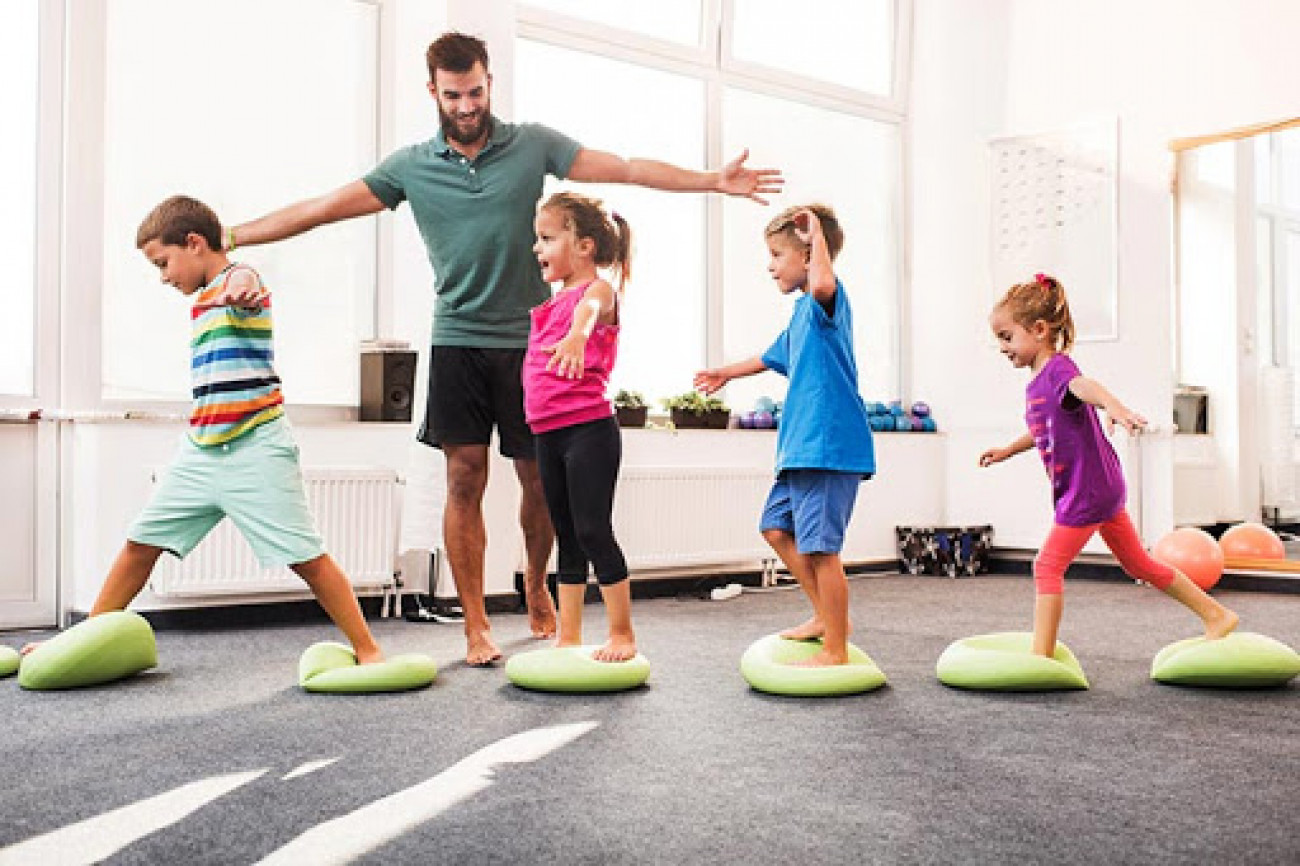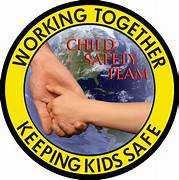Welcome to Children's Health
At Children's Health, we care about your child's well-being. Our website provides valuable information and resources on nutrition, exercise, and safety to help your child stay healthy and happy.
Nutrition

Proper nutrition is essential for your child's growth and development. It plays a vital role in maintaining their overall health and well-being. Here are some key aspects of nutrition for children:
- The importance of a balanced diet that includes fruits, vegetables, whole grains, lean proteins, and healthy fats
- Tips for encouraging your child to try new foods and develop healthy eating habits
- Understanding portion sizes and creating balanced meals for different age groups
- The significance of key nutrients such as calcium, iron, vitamin D, and omega-3 fatty acids
- Addressing common nutritional concerns such as food allergies, intolerances, and restrictions
Read more
Exercise

Regular physical activity is crucial for your child's physical and mental well-being. Encouraging your child to be physically active helps in:
- Strengthening their muscles and bones
- Improving cardiovascular health
- Maintaining a healthy body weight
- Enhancing coordination, balance, and flexibility
- Promoting better sleep and reducing the risk of chronic diseases
Read more

Safety
Ensuring your child's safety is a top priority. By following important safety measures, you can protect your child from accidents and create a secure environment. Here are some areas to focus on:
- Childproofing your home to prevent falls, burns, choking hazards, and other potential dangers
- Water safety guidelines for swimming
- Water safety guidelines for swimming pools, bathtubs, and natural bodies of water
- Tips for safely navigating the internet and using electronic devices
- Importance of proper car seat usage and safe transportation practices
- Preventing common injuries during sports and outdoor activities
Read more
Contact Us
If you have any questions or concerns regarding your child's health, feel free to reach out to our team. We're here to help!
Phone: 123-456-7890
Email: info@childrenhealth.com


